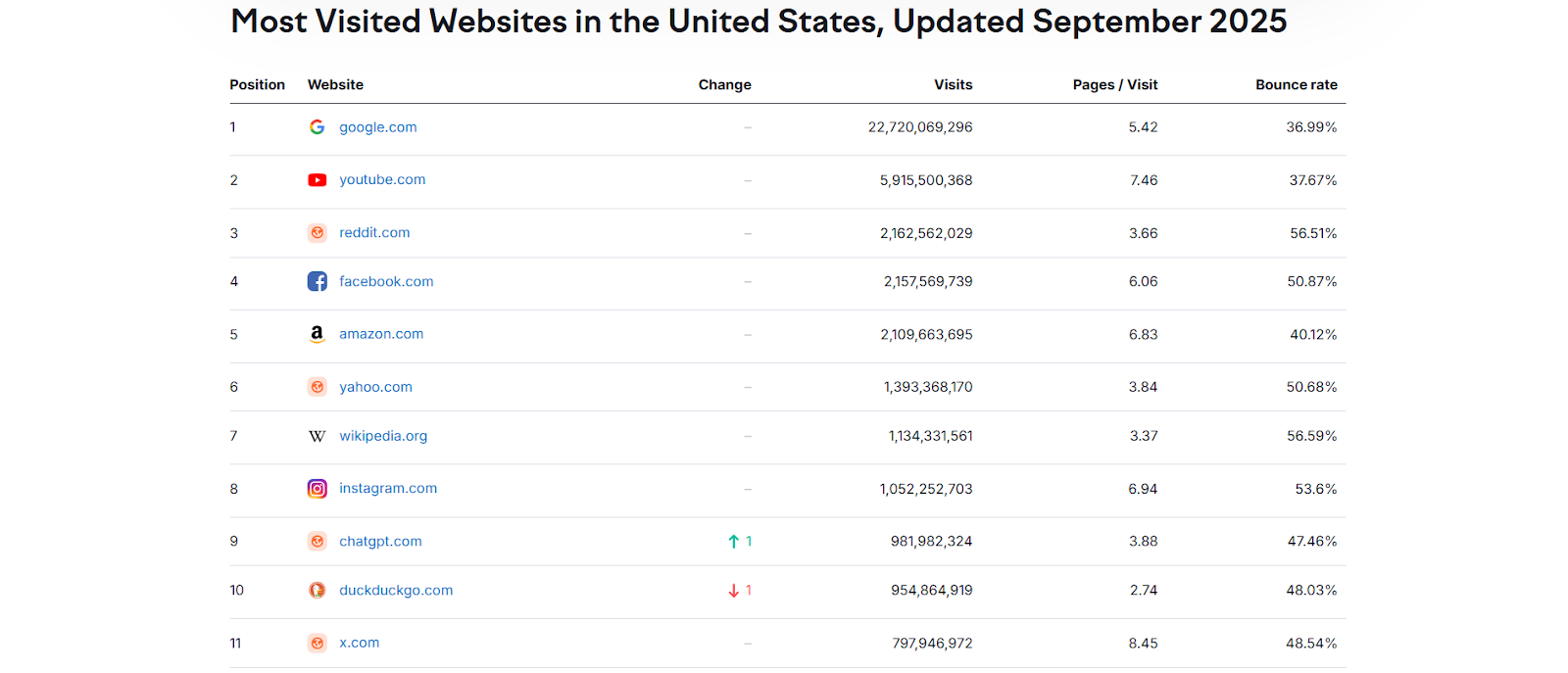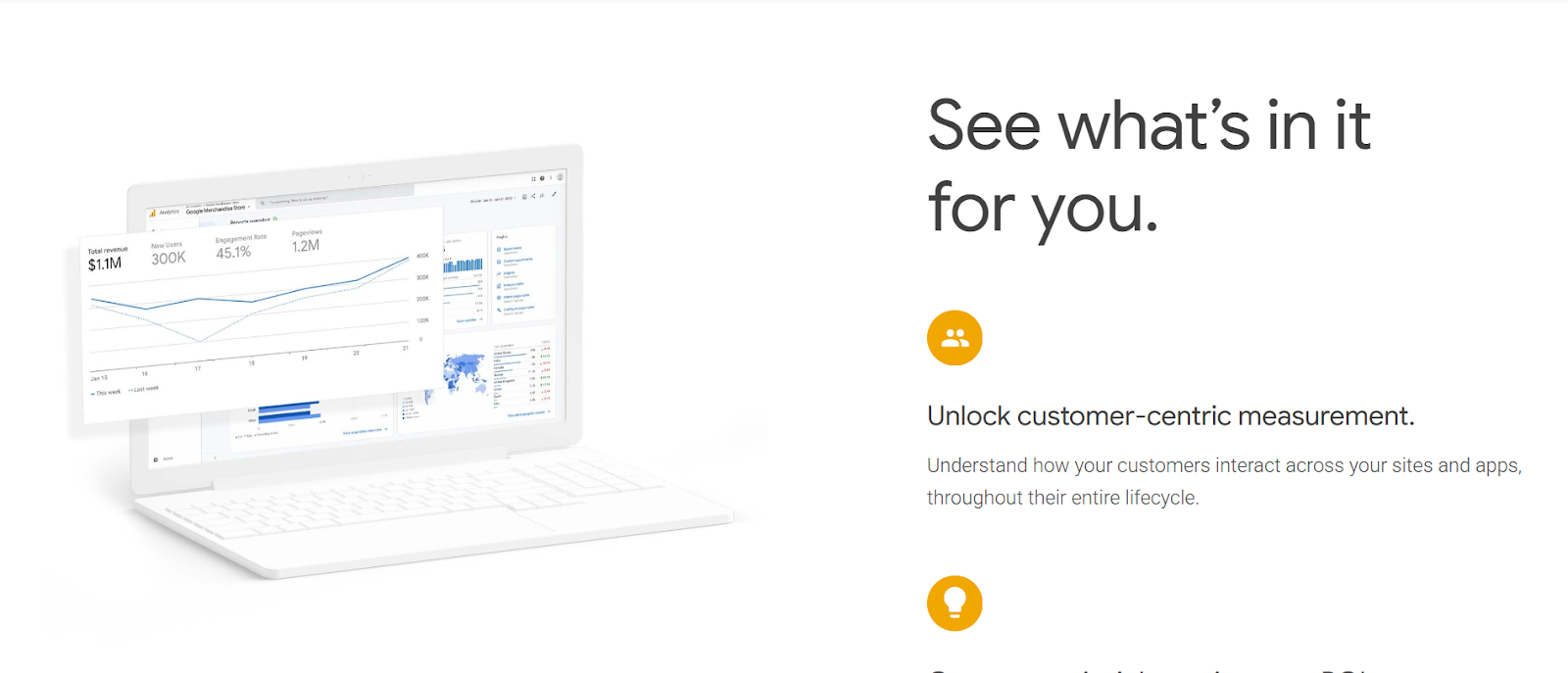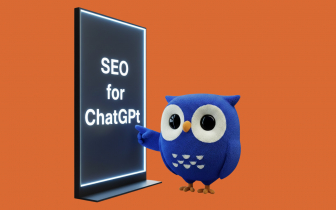The Future of Link Building in 2026: From Backlinks to Trust Signals

Backlinks are a core part of SEO. Marketers targeted both dofollow and nofollow links, trying to get every link. But in 2026, the focus is shifting. It is not merely a matter of the backlink itself, but the message it conveys.
Whenever your brand is mentioned in articles, listicles, reviews, or forums, it is more than just a mention. Online communities, AI systems, and search engines interpret them as credibility. And credibility, not the number of links, is what drives visibility today.
This is the reason marketers are no longer chasing conventional link-building. And, link-building services are adapting, focusing less on the quantity of links and more on credible brand mentions across trusted media and online communities.
History of link building
The concept of link building has evolved. Every stage of SEO reveals what has been effective and what has not. Reflecting on these changes helps us understand why trust and authority have become central to SEO in today’s digital landscape.
- The Early Days (Pre-2011) emphasized quantity. There were directory submissions, article farms, and forum signatures. Even low-quality link volume could boost rankings. However, the Panda and Penguin updates significantly altered the search landscape at Google. Numbers lost their significance in favor of quality.
- The Guest Post Era (2012-2015) focused on outreach and PR. Spammy was no longer effective. Brands that adapted to it survived, while those that did not adapt lagged.
- The Content and Authority Era (2016-2021) favored the quality of content, niche interests, and digital PR. Developing relationships and trust led to significant ones.
- The AI & E-E-A-T Era (2022-2024) saw expertise, experience, authority, and trust gain prominence as key ranking factors, amplified by AI-driven search and content evaluation. Mentions on reputable sites began to provide comparable or greater exposure than some traditional backlinks, highlighting the growing importance of brand trust.
- In the current era, beginning in 2026, we are in the Brand Mentions Era. Backlinks remain relevant, but they are only one part of the SEO equation, with increased emphasis on brand trust, authority, and reputation.
From quantity to quality
Volume was initially high in the early days of SEO. The higher the number of links connected to a website, the better it ranked. Marketers were selling and buying links and filling directories simply to achieve a high ranking in search results. It worked for a while.
Then Google intervened. New releases such as Panda and Penguin punished spam and rewarded relevance. In an instant, hundreds of weak links would be unable to compete with a few trusted ones. It began to focus on the quality of links rather than the quantity of links.
High-quality links were real mentions - blogs, news websites, and industry pages that people read. These links did not just pass PageRank. They passed credibility.
That change heralded the beginning of a new way of thinking. SEO ceased being a game of numbers. It was all about establishing relationships, garnering mentions, and producing value that others would appreciate.
Content-driven strategy
When it comes to defining SEO today, it is not about who builds the most links anymore, but rather the one who creates the most valuable content. The search engines are improved to identify useful information and understand user intent.
Readers will share, mention, or quote something that they actually find useful in their grasp of a subject, and that is how links are made naturally. There are several content formats that consistently deliver this value:
- Long guides are still one of the most effective means to do this. They provide room to expound ideas in order and indicate actual mastery.
- Interviews with experts are more dynamic than written content, and you are not merely delivering facts, but voices and experiences with which your audience can connect.
- Listicles and interactive content are easy and interesting to deal with, formats that digest information more easily. A short data-driven list or a quiz that helps users find the right strategy for their business can spark practical engagement.
People like to engage with something that they find helpful, and this interaction conveys good trust signals.
So,
next year, as you plan your SE, do this: Would I link to this if I
found it online? The question in itself can change your priorities -
being a chaser of rankings or developing actual credibility.
Modern tactics in 2026
The most renowned brands nowadays realize that to achieve a long-term effect, they should merge quality content with the current strategies, like Digital PR, social interaction, and user reviews.
Digital PR in 2026
Digital PR should not be viewed as simply releasing press statements or pursuing backlinks anymore; it’s about being mentioned in places that already hold trust. The long-term credibility can be established through an interview, a quote from an expert, or a story of a founder, without forcing links.
The experience of working in an agency has shown that many companies do not take PR as a serious tool for building links. However, nowadays, increasing numbers of brands are discovering the real worth of PR: presence, perception, and authority formation on various channels. Having your story in a respected source has far more worth than the backlink you purchase.
Communities and forums
The online communities and forums remain long-term assets of SEO. Users frequently visit these spaces to seek advice, tips, or product reviews, and when a brand participates, it benefits from backlinks, credibility, and increased awareness.

Source: Semrush
According to Semrush, Reddit receives nearly two billion organic visits per month, which demonstrates the enormous number of people who use these groups daily.
A natural mention of the brand in a discussion improves trust and visibility, even in the absence of direct links. Readers will trust a brand that comes out as an aid in conversations. And, search engines and AI technologies identify these cues as signs of authority and trustworthiness.
This is one of the steps that many marketers skip; however, when you are actively involved and responding to questions and providing real insights, you are making relationships with the community and creating trust signals, which Google prizes greatly. Keep in mind, the real worth establishes connections by itself.
Third-party reviews and testimonials
Do you ever read reviews when purchasing a product? Exactly, most customers do. That is why the third-party reviews have now become one of the most effective brand messages.
Positive feedback not only helps in increasing visibility but also helps in creating direct trust among potential customers.
By them viewing your brand receiving high ratings on sites that are trusted by the user, they’re more likely to make a purchase decision. And, such reviews are also identified as signs of credibility and authority by ranking systems.
A constant flow of positive reviews is a testament to the fact that your brand is valuable. Do you realize how important that is? Once humans and algorithms have come to understand that you are consistent, then your brand becomes more believable.
Monitoring and adaptation
A good SEO campaign is a continuous process. You must track the performance, analyze the data, modify the strategy in time, and optimize the content and trust to achieve the long-term brand recognition. The market changes. Algorithms change. User behavior changes. Only brands that closely monitor these shifts can maintain their advantage.

Source: Google Analytics
To do so, you may trace the metrics with Google Analytics, Search Console, SEO tools, like Ahrefs or Semrush, and social or Digital PR monitoring tools. Monitor the traffic, click-throughs, conversion rates, and brand references within communities or media sources. These figures not only indicate performance but also highlight areas that require adjustment. It may sound simple, but the impact can be significant.
The important factor is adaptation, the capacity to be flexible. Minor yet well-timed interventions, like title updates, new information, or additional references to a brand within communities, can result in significant differences in traffic, trust, and brand recognition. Constant monitoring and prompt changes make SEO not a ranking tool but an efficient, sustainable brand-building approach.
Looking beyond 2026
The online communities, search engines, and AI systems now do not pay much attention to the number of backlinks but focus on trust signals. Brands are visible when they are placed on reputable platforms.
You need to combine SEO optimization with storytelling, Digital PR, and genuine brand presence. A brand that appears frequently, positively, and credibly will be perceived as useful by the users and the search engines. So, have you considered whether your brand appears often enough on trusted channels?
You do not have to overload the internet with links. Rather, develop an integrated approach. Allow your brand to be mentioned in listicles, reviews, media publications, and trusted communities. That is the way modern link building is transformed into brand building. This is how the brands will remain relevant and lead in 2026 and beyond.
Conclusion
SEO in 2026 is no longer just about building links. It’s about how your brand is perceived and trusted.
Ask yourself: do readers find value when your brand is mentioned? Do reputable communities and platforms remember you? In my experience, the way a brand is perceived truly determines the long-term success of SEO, not the number of backlinks.
Focus on creating valuable content, engaging genuinely in forums, and leaving a positive impression. When you do this, your brand grows stronger, and SEO becomes a sustainable tool for credibility and recognition.






